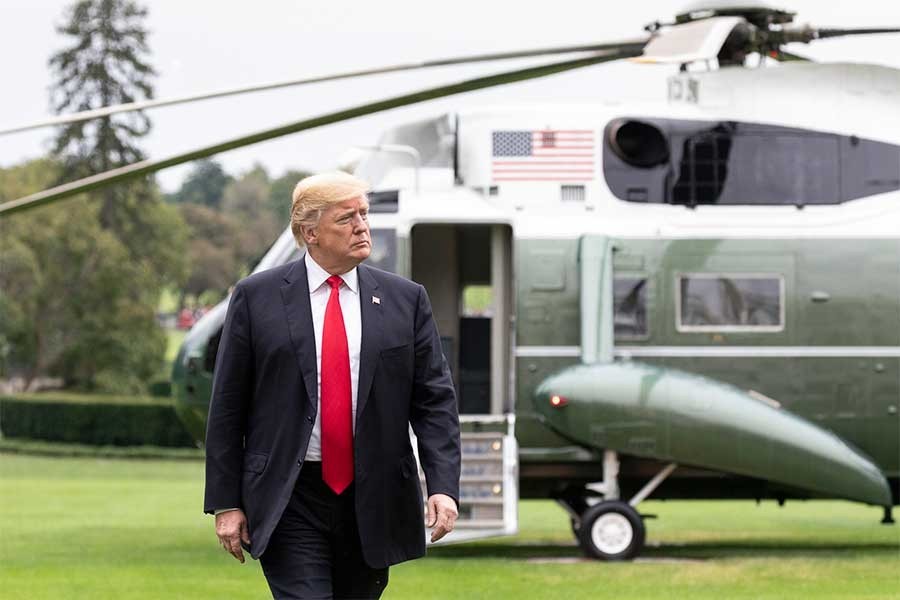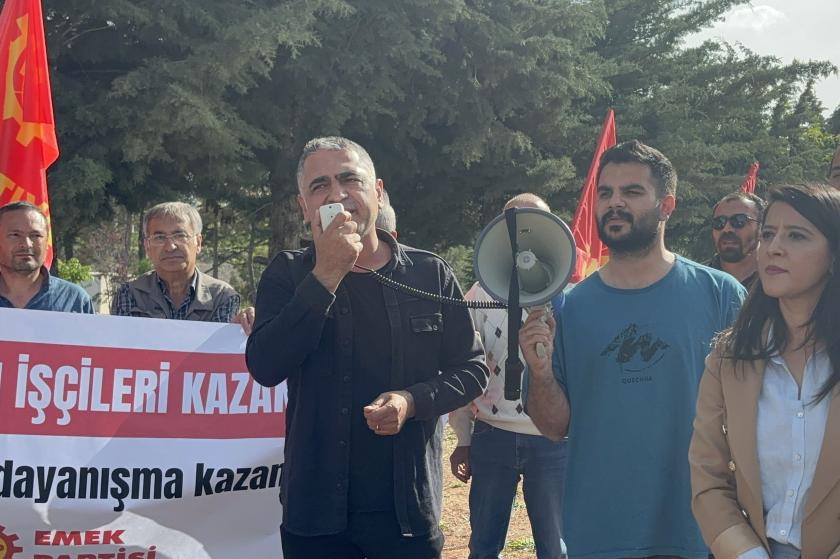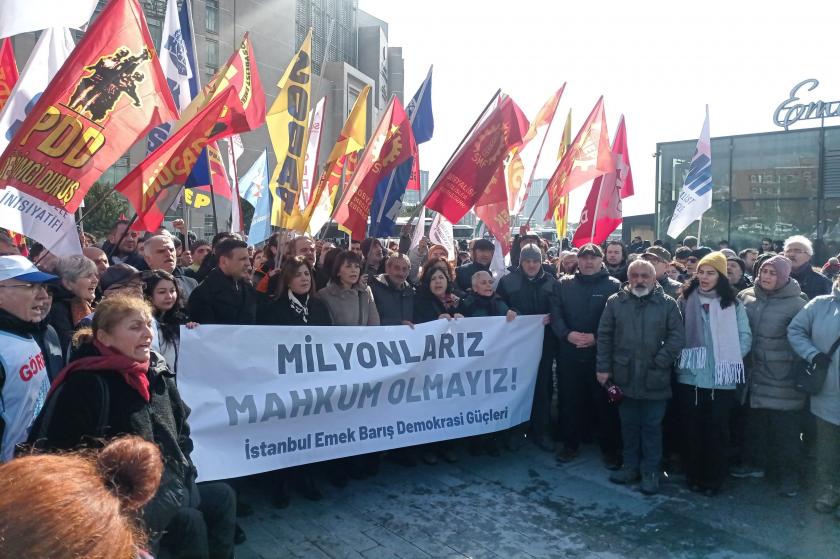How will the forces interrelate as US boots leave the ground in Syria?

İhsan Çaralan

Fotoğraf: Beyaz Saray
Ever since US President Trump said on 19 December, “We have been fighting in Syria for a long time... And we won against ISIS... And now it is time for our troops to return home,” the US withdrawal of its troops from Syria has become the number one topic in the media and politics.
Recent events have shown that Trump did a Trump and took this decision without consulting his national security advisor, secretary of defence or secretary of state.
In fact, Defence Secretary Jim Mattis resigned. And there is a word that other high-level resignations may be in the offing.
With debate raging over the withdrawal from Syria, it is said that Trump will pull out half of the US’s troops numbering roughly fifteen thousand in Afghanistan.
US NOT WITHDRAWING FROM REGION BUT REPOSITIONING
Looking at the discussion, the US’s withdrawal of its two thousand troops in Syria does not amount to a US withdrawal from Syria, that is its ceasing to be a party to resolving the “Syria crisis.” Moreover, this withdrawal does not mean, either, that the US will refrain from intervening militarily in Syria. On the contrary, the US has until now conducted its operations in Syria from bases outside Syria.
Hence, what is proposed today is the withdrawal of the US’s military force that is giving advice and training to the SDF in Syria.
And, in this regard, having signalled in comments he made through various channels that they had spent billions of dollars on this region but had been unable to earn anything, Trump had wanted to impose the military tasks and financial expenditure in this region on allies in the region. He had been coaxing Saudi Arabia and the Gulf countries in this direction.
The soundest conclusions will come from viewing Trump’s decision in this light.
It would be correct to regard the bringing of the Rojava peshmergas to the north of Syria (to Rojava), the announcement that restrictions on supplying Turkey with F-35s had been removed and the lifting of the ban on selling Patriots to Turkey as a step towards creating the environment for transferring the US’s military “duties” in the region to its allies.
CHANGED RELATIONS ON THE GROUND
With the decision to withdraw troops, Trump has not withdrawn the US into a position of non-intervention in relation to the Syria crisis but has simply repositioned it in the intervention. But this does not mean the forces on the ground in Syria and their interrelations will remain unchanged. On the contrary, it is beyond dispute that this development imposes fresh problems and “obligations” on the forces intervening on the ground in the Syria crisis.
For, along with the withdrawal of US troops, the SDF, which controls a chunk of Syria amounting to nearly one-third, and the Kurdish forces that make up its main plank along with the regime, Russia and Iran will have to act more openly and without being able to resort to the pretext of the US presence.
Even if the SDF and the Kurdish forces encounter fresh difficulties in terms of military resources, they will be freed from being branded as the “US’s collaborator” and also the US’s restrictions on them, have gained wider room for manoeuvre in their relations with both the regime and also Russia and Iran, and even Turkey.
“EAST OF THE EUPHRATES” OPERATION MORE DIFFICULT
Despite the passage of ten days since Erdoğan’s comment, “The military operation targeting the east of the Euphrates will be commenced in a few days,” the absence of any step taken in this direction (it was also announced that Trump gave Erdoğan prior notification of the decision to withdraw troops) shows that the US troop withdrawal has deprived Turkey of its old certainties.
This is because dealings over the “east of the Euphrates” operation are no longer with the US, but rather Russia-Iran-Syria. This has pretty much scotched Turkey’s chances for “a limited operation in agreement with the US” in the area under the SDF’s control called the “east of the Euphrates.” This would amount to risking war with the Syrian regime and destroying the alliance with Russia and Iran. And this would all the more rapidly drag Turkey deeper into the Syrian quagmire. With Putin commenting on Trump’s decision to withdraw troops from Syria, “It is the right decision. The presence of US troops is illegitimate and illegal,” he was directly targeting the US and indirectly Turkey. Iran, Syria and Russia have previously asserted that the presence of Turkey’s troops in Syria was illegitimate. The signs now are that this issue will come to a head once more as US boots leave the ground. It has now become easier for the Syria-Russia-Iran side to reopen the questions of “Euphrates Shield,” “Olive Branch” and “Idlib,” because Turkey’s most important (in international terms) pretext for keeping troops on Syrian soil has vanished.
The “pool media” and AKP propaganda are portraying the US withdrawal of troops in the area as their own success. However, reality shows this propaganda to be somewhat economical with the truth.
If an operation targeting the “east of the Euphrates” is insisted on, we will see that less time than expected is taken for all these negative points to make themselves felt.
(Speaking later, Erdoğan said with reference to the US decision to withdraw from Syria, “The latest developments have impelled us to wait a while longer regarding the east of the Euphrates operation.”)
Translated by Tim Drayton
{{369146}}
{{368988}}




Follow Evrensel